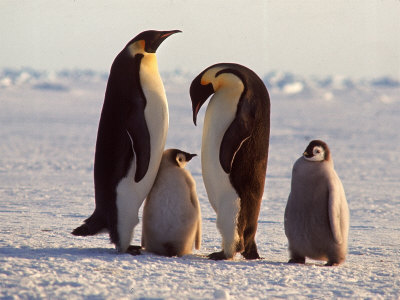Are you curious enough to know what do emperor penguins eat? Well, this article covers all what you want to know about this giant penguin. Emperor penguins are by far the largest living species, belong to the family of Aptenodytes forsteri these birds inhabits in Antarctica.
What do Emperor Penguins Eat
These types of penguins predominantly feed on fish, krill, cephalopods, squid, Nototheniidae, Glacial Squid, Antarctic Silverfish, Antarctic krill, hooked squid, Kondakovia longimana, and crustaceans. Amongst all these nutrients, fish is the supreme source of feeding. These penguins hunt their prey in an open air. These birds have unique hunting characteristics in that they dive down 50 m deep into the water and then swims up to catch fish.
These penguins can breed after 3 years of age. The breeding season usually starts in March and April. They travel great distances to colonial nesting; walking 50 – 120 km on the pack ice. However, successful attempts have been made to artificially breed emperor penguins. It is the only penguin species that is known to travel during an intense cold of Antarctic winter. Thousands of penguins are present in the breeding colonies. The average lifespan is about 20 years; however, some are reported to live up to 50 years.
Where do Emperor Penguins Live
Being endemic to the Antarctic, emperor penguins are extensively distributed between 66o – 77o south of latitudes. There are more than 80,000 breeding pairs of emperor penguins. These birds usually inhabits in icebergs and cliffs. With population of over 400,000, these species extensively lives in Coulman Island, Victoria Island, Atka Bay, Queen Maud Land, Taylor Glacier, Halley Bay, Coats Land, Heard Island New Zealand, South Georgia and Antarctic Peninsula. These penguins are sociable birds and they like to be approached and photographed. Hundreds and thousands of explorers come to see these heaviest penguins each year. Now you’re well aware of where do penguins live!

However, on the negative side, the population of these species is considerably diminishing and is believed to be the endangered species. There are several reasons for this reduction such as habitat destruction and sudden climatic change due to the global warming.

Leave a Reply